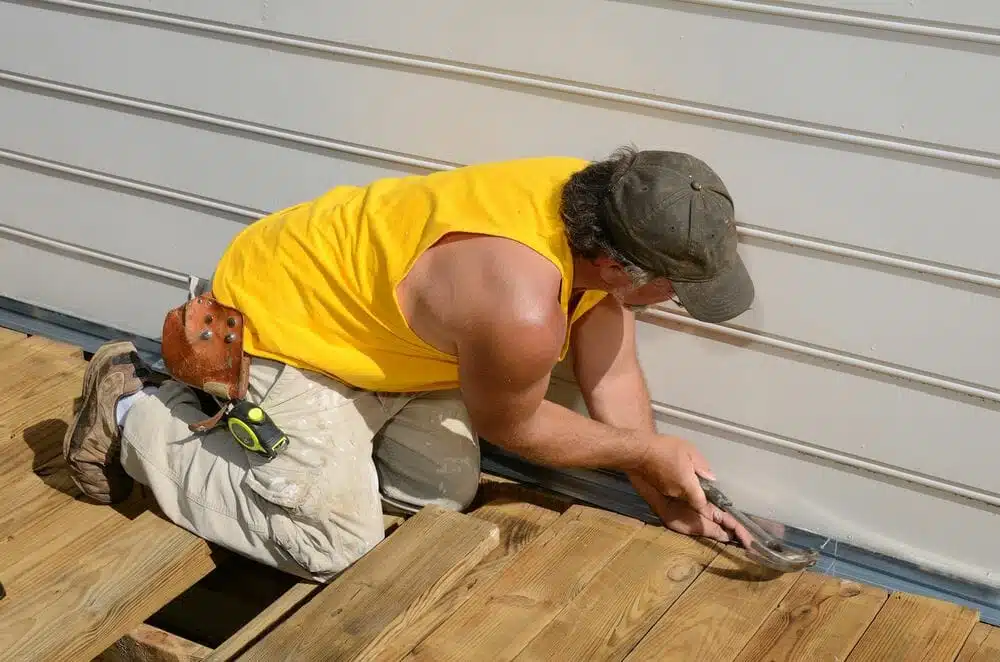Removing and Reinstalling Aluminum Siding
Aluminum siding is a popular form of siding material used to cover homes and offices. The main reason for this is its high aesthetic value and faultlessness. It is much preferred by many for its durability and convenience, especially when installed correctly. Like any other form of a home-covering product or rather, proper decoration made at homes or offices, it suffers wear and tear as well as the breaking down of its components.
Removing and reinstalling fresh parts to fix ancient places is a prevalent maintenance component of owning an aluminum siding home. Removing this siding requires only a few fundamental hand tools. Some of the tools that are vital for the siding removing include the hammer, prybar, siding-removal tool, carpenter’s square, and tape measure to ensure precision in your work.
You will also need work gloves to protect your hand from minor injuries that you might experience working with aluminum siding. Other requirements are silicone, tin snips, and aluminum roofing nails of about 1 ½ inches.

The process of removing and reinstalling the aluminum siding
The process of removing and reinstalling the aluminum siding is as follows.
- Disengage the siding piece, which you have to expel on either side and find the peripheral edges. Slide the isolating gadget beneath the siding piece’s base edge straight over the section of which you need to get rid. The only tool you will need in this first step is the siding-removal tool; used after determining the part to be pried off.
- Squirm the instrument next to each other until the interlocking parts are isolated. Work your way through the whole piece length. Next, separate the base edge of the piece that you need to substitute with your fingers from the upper lip of the part underneath.
- Spot wood scraps underneath the top edge of the piece to uncover the nail spine of the part you detached. This wood will keep the upper siding piece out of the way. Utilize the pry bar and sled to slacken the nails holding the siding strip set up meticulously. Expel the aluminum siding piece.
- If necessary, slice a substitution strip to estimate. Make sure the new piece is at any rate between 3/4 inches and above the hole it is to replace. Slice the length to manage your utility blade; use the craftsman’ s/carpenter’s square for this. On the other hand, inch a pencil and measuring tape to mark the piece. Cut it out with snips of tin.
- Slide the crisp siding piece into the area utilizing the present parts as the mark points on either hand. Line up your crisp parts nail spine with the neighbouring pieces on that line. While driving them inside the holes on the flange, mallet the nails and remove the wooden crumbs.
- Utilize the siding device to help you reconnect all the interlocking parts. Snare over the upper edge of the piece beneath the base edge of your substitute piece. Do likewise for the piece’s base edge over your aluminum siding substitution piece.
Aluminum siding is mounted in an interlocking manner where each piece’s upper edge has a nail spine. This nail spine additionally has a lip that goes about as the locking component for the above section. The other part is also usually nailed with its bottom edge having a resembling J-piece which seamlessly locks with the lower piece’s lip. The isolation of these two interlocking parts I no problem and can be effortlessly done using a tool purposely meant for this reason.
Adhere to the nail placement guidelines of the siding manufacturer. However, if you need an alternative, place the nails at a minimum of 4 inches apart.
Keep in mind that you can always supplant the damaged parts only and not the whole wall siding. In cases where you have to remove an entire wall, always start from the top segment and then progressively head to the base. Expel each line through its nails and work gradually, taking care not to twist any of them.
Call Ideal Siding Toronto if you have any questions or need help with your removing of siding.